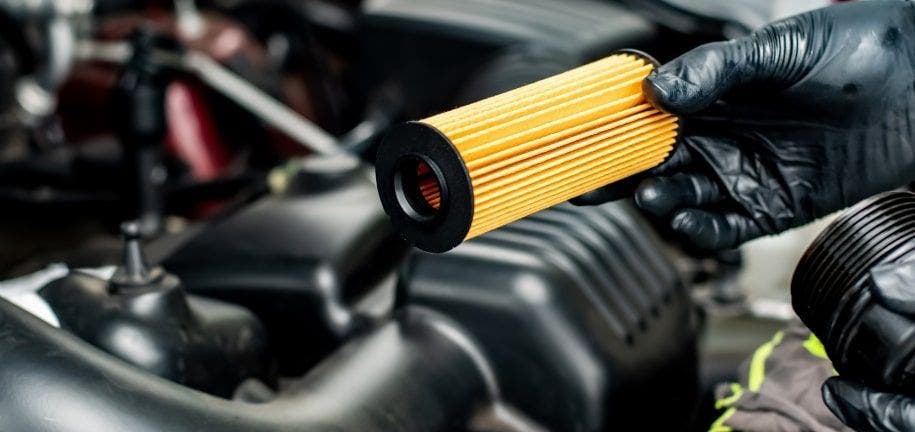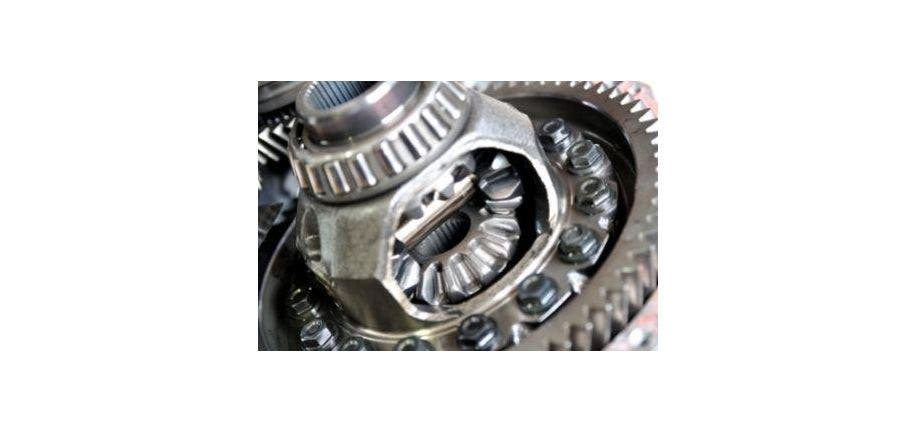Few things are as crucial to your vehicle's ride quality and handling as its shock absorbers. Shocks, also known as shock absorbers or dampers, play a vital role in smoothing out bumps, maintaining tire contact with the road, and ensuring stability during your drive. If you've noticed your car or truck bouncing excessively or handling poorly, it might be time to replace your shocks. In this blog post, we'll guide you through the process of installing shocks on most cars and trucks.
Tools and Materials You'll Need


Before you start, gather the necessary tools and materials:
- New Shocks: Make sure you have the correct shocks for your vehicle's make and model. Consult your vehicle's manual or a trusted auto parts store for guidance.
- Jack and Jack Stands: You'll need these to lift your vehicle safely.
- Wrenches and Sockets: You'll need a variety of sizes to remove the old shocks.
- Pliers: To remove and secure any retaining clips.
- Torque Wrench: Essential for properly tightening the new shock absorbers.
- Penetrating Oil: Useful for loosening rusty or stubborn bolts.
- Safety Gear: Gloves and safety glasses to protect yourself during the installation.
Step-by-Step Installation
Here's a general overview of how to install shocks on most cars and trucks:
Step 1: Safety First
Park your vehicle on a level surface, engage the parking brake, and turn off the engine. Ensure your vehicle is stable on jack stands.
Step 2: Raise the Vehicle
Using the jack, lift your vehicle off the ground. Be sure to consult your vehicle's manual for recommended lifting points.
Step 3: Remove the Old Shocks
Locate the old shocks, typically located near the wheels. Use your wrenches and sockets to remove the bolts securing the shocks. Spray some penetrating oil if they are stuck.
Step 4: Install the New Shocks
With the old shocks removed, it's time to install the new ones. Attach the new shocks using the bolts and torque wrench, following the manufacturer's recommended torque specifications.
Step 5: Reassemble
Reattach any components or brackets that were removed during the process, such as retaining clips or brackets.
Step 6: Lower the Vehicle
Carefully lower your vehicle using the jack until it's resting on the ground. Make sure it's stable and secure.
Step 7: Test Drive
Take your vehicle for a test drive to evaluate the new shocks' performance. Pay attention to ride comfort, handling, and stability.
Step 8: Final Check
After the test drive, inspect the newly installed shocks for any signs of leaks or loose bolts. Make any necessary adjustments or corrections.
Wrap Up
Installing new shocks on your car or truck is a manageable DIY project that can significantly improve your vehicle's ride quality and safety. However, if you're not comfortable performing this task yourself, don't hesitate to seek professional assistance from a qualified mechanic. Regularly maintaining your vehicle's suspension system ensures a smoother, safer, and more enjoyable driving experience.
Ready to upgrade your vehicle or make essential repairs? Head over to Partshawk now and explore our wide range of high-quality automotive parts. Don't wait – give your vehicle the care it deserves! Click here to shop now.





















































